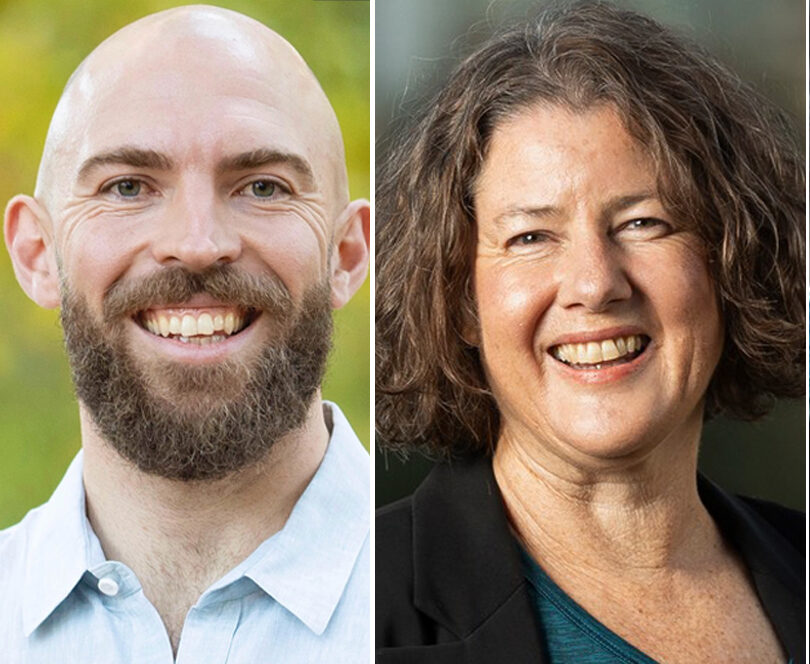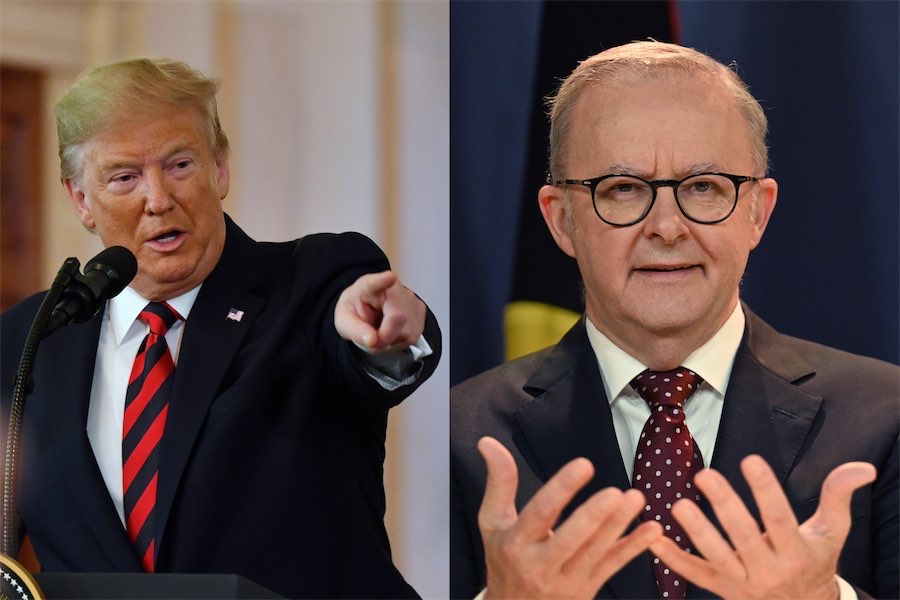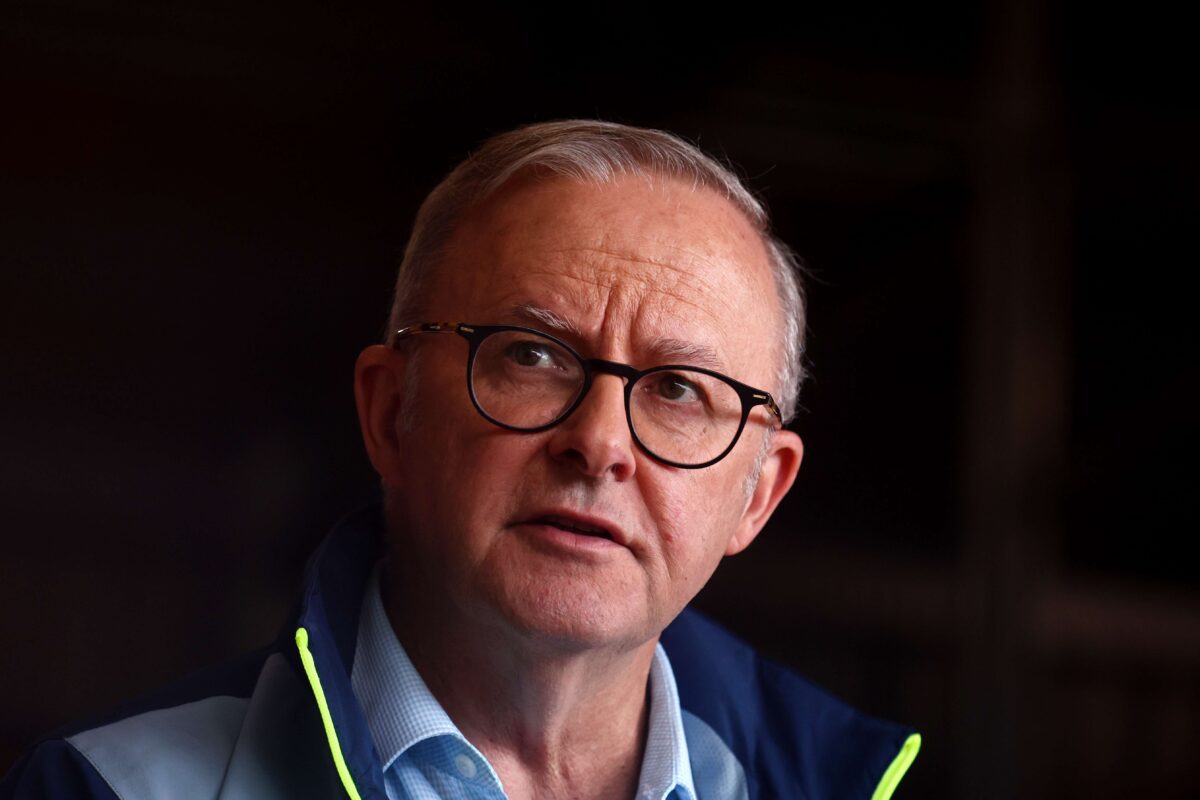
“A decent candidate would have started campaigning late last year, hitting the ground hard… and they should be across at least three big issues in their electorate,” writes political columnist ANDREW HUGHES.
By the end of the next term of ACT government in 2028 there will be 500,000 of us. It’s an incredible number.

With 25 politicians to represent us, that means we will have one pollie per 20,000. Some may argue far too many. Not me, as I think we need 30 – 15 single electorates and 15 by proportion of vote. In the one house.
Okay, that aside, with so many of us, and only three parties in the Assembly, there are going to be gaps in what policies they can offer. These gaps are increasing, supported by the fall in primary votes for the big three locally.
While stakeholder engagement may help plug them, for example allocating community groups grant money to implement their own policies, these decisions can also open up more questions than answers about what that grant money is really for.
Don’t misunderstand me, here – Canberra is one of the best places to be for community and volunteer group involvement, without which some of the fabric of this city would tear and blow into the wind.
But every politician right now has a calculator in their pocket to work out what numbers they need to get close to the magic quota. This is roughly 13 per cent of the primary vote of each electorate. So how to get to that, especially if you’re an independent.
This is where knowledge of the city comes in handy. A decent candidate would have started campaigning late last year, hitting the ground hard. They should ideally start from a base of already being a community or issue-based activist. They should be across at least three big issues in their electorate, that is if they haven’t been talking more to fellow volunteers compared to voters as I saw recently with one northside candidate.
These three big issues should roughly represent 3-4 per cent of the vote in an electorate. And there are some decent enough gaps in policy right now where you could have a policy that may be aimed at a 3-4 per cent issue. An example? The Stadium Issue. For the majors this is a 3-4 per cent issue. Get it right, it could translate into 1-2 seats either for or against.
If you are a minor this isn’t your bread and butter. Independent candidates Tom Emerson (Kurrajong) and Fiona Carrick (Murrumbidgee) know this and so focus their efforts on the specific 3-4 per cents in their electorates. BUT, some of these policies are very contested spaces, so they still need more. A good candidate will need to also have 3 x 1-2 per cent issues they are very much across in their electorate.
An example? Louise Crossman (Labor, Brindabella) told me on a recent weekend on the hustings, many of the good folk of Tuggeranong want some old gums cut down. This could be a 1-2 per cent issue. Most would ignore it but I think she realised there was something there, but only if people could trust a Labor government to deliver on a promise in this space down south.
Oh, on south issues, if someone could please fix that stretch of the parkway south bound between Cotter Road and Hindmarsh Drive I would consider one of my votes. As much as I love the thrill of rally driving, it’s been months now since that road looked first world. See, 1-2 per cent.
Flip across to the arts community. No issues polling will rank this as being important. Yet this town is big on arts. Dance, theatre, concerts, live music, you name it, we love it. But sadly it’s taking a battering from the cost of living.
The free Lakespeare, next to Lake Tuggeranong, run by the creative dynamo that is Lexi Sekuless, is fabulous and always packed out. Events like this keep our city’s culture alive. Keep us Ken (and Shez) Behrens. But they need help from someone. For me, arts is an easy 3-4 per cent issue.
Then there are single people. Of any age. Forgotten about in most policy areas. According to the 2021 ABS Census that’s roughly 100,000 aged over 18 in the ACT. The Greens have sort of moved here by calling themselves the “Renters Party”.
The Australian Youth Climate Council (AYCC), one of the biggest political groups in Australia, shows the need for policy that applies to the individual and not the group. Then there’s the cost of living for single people. Just shocking, hidden by focus on families. Yet we all matter. Right?
Targeting a 3-4 per cent issue like this is a good reason why candidate selection is so important. Justine Davis in the recent NT election was a good example of someone who did appeal to people using this strategy.
How about those in interest groups of a 3-4 per cent issue? It’s now or never. Put up or shut up. Time to either get that local pollie engaged or switched off.
To convince them that they really are a 3-4 per cent. Look at Clubs ACT, definitely hitting above their weight for influence all things considered. 2045 for pokies reduction you say? The iPhone 37 will be out by then and AI should be in charge.
In a very tight election for those final seats in each electorate, it’s going to come down to who, just who, has done enough to catch enough of the 3-4 per cents to claim a spot in the Assembly and really make some changes in this town come October 19.
Or spend another four years living with regret and missed opportunities about just how a few per cent would’ve made all the difference.
Dr Andrew Hughes is a lecturer in marketing with the Research School of Management at ANU where he specialises in political marketing and advertising.
Who can be trusted?
In a world of spin and confusion, there’s never been a more important time to support independent journalism in Canberra.
If you trust our work online and want to enforce the power of independent voices, I invite you to make a small contribution.
Every dollar of support is invested back into our journalism to help keep citynews.com.au strong and free.
Thank you,
Ian Meikle, editor









Leave a Reply